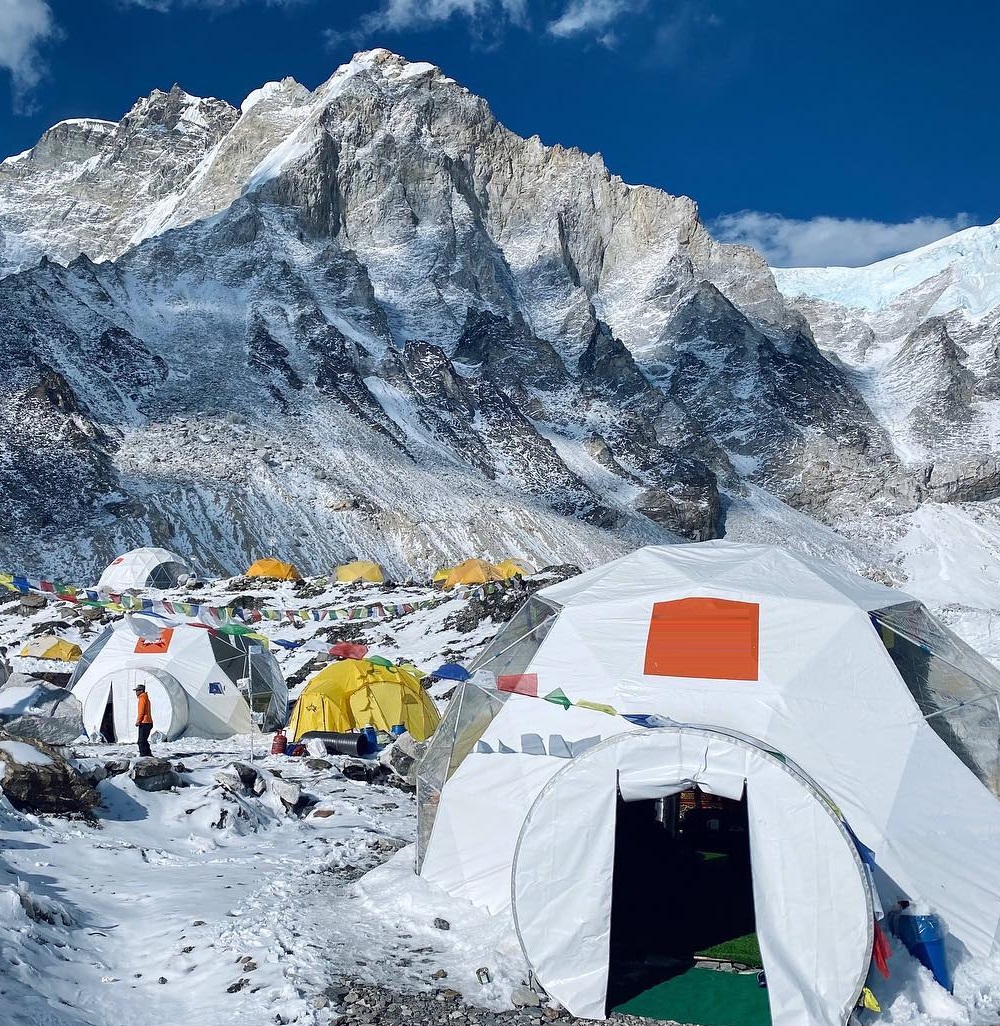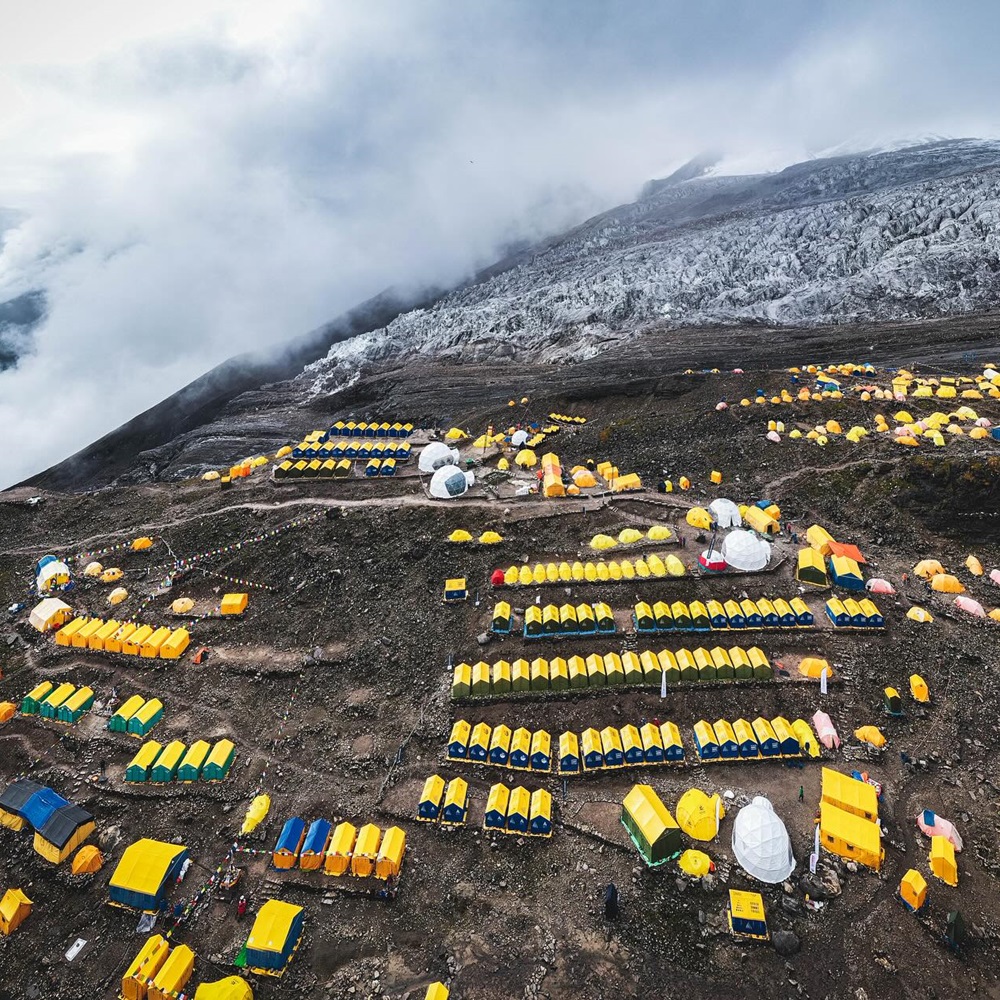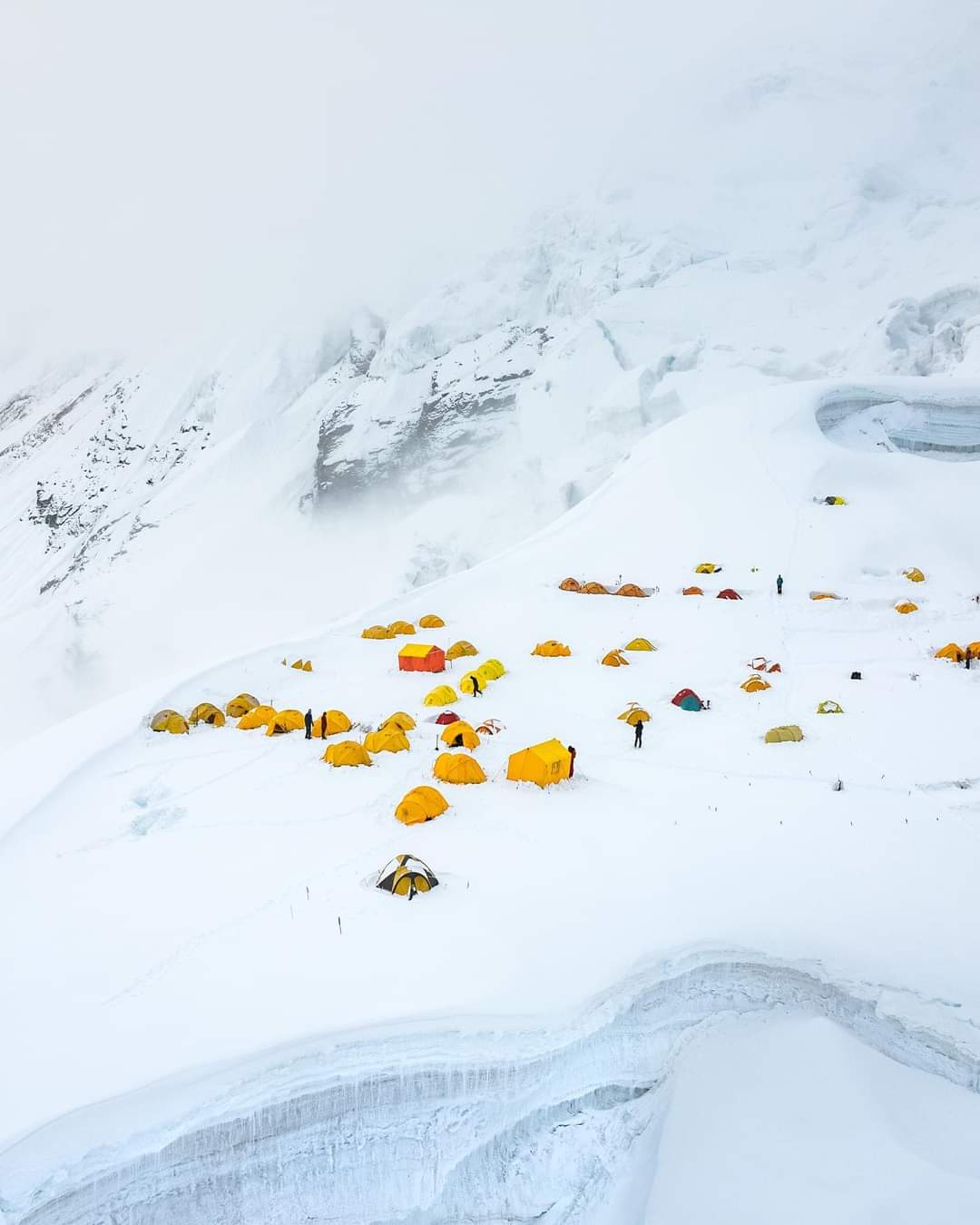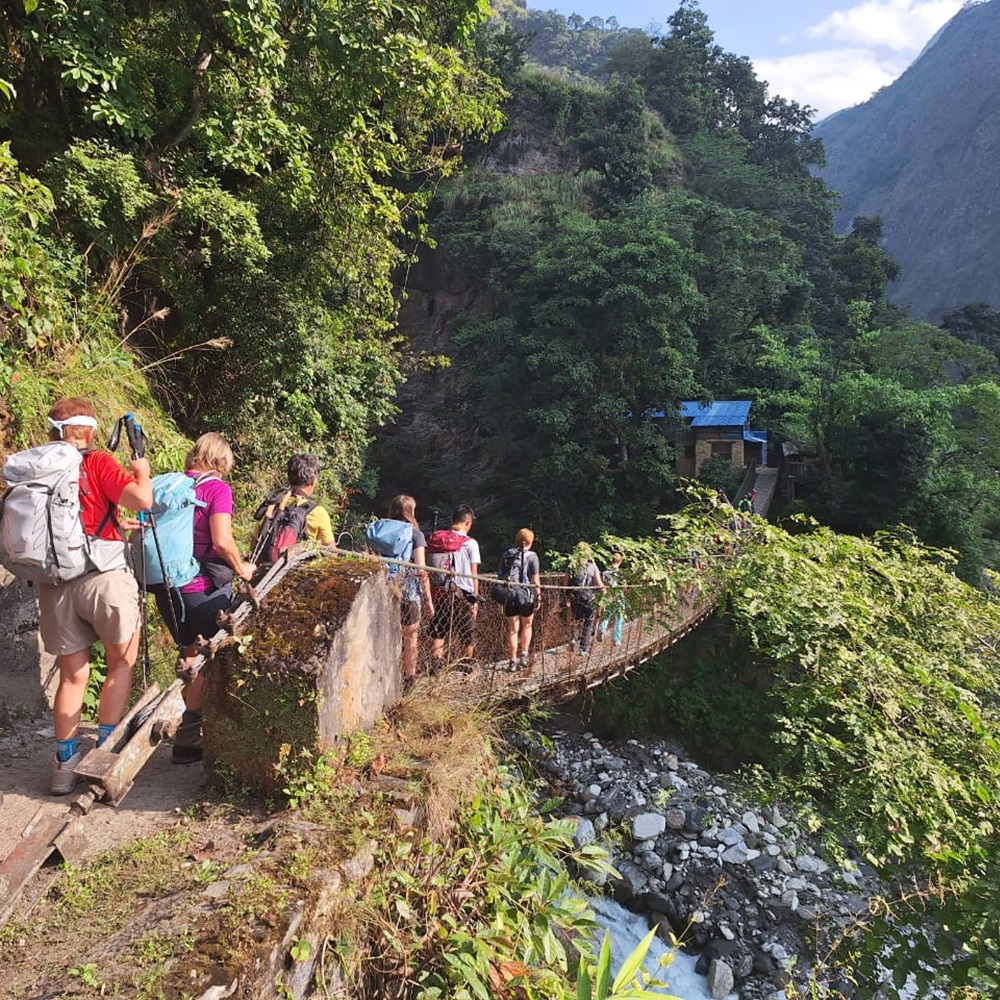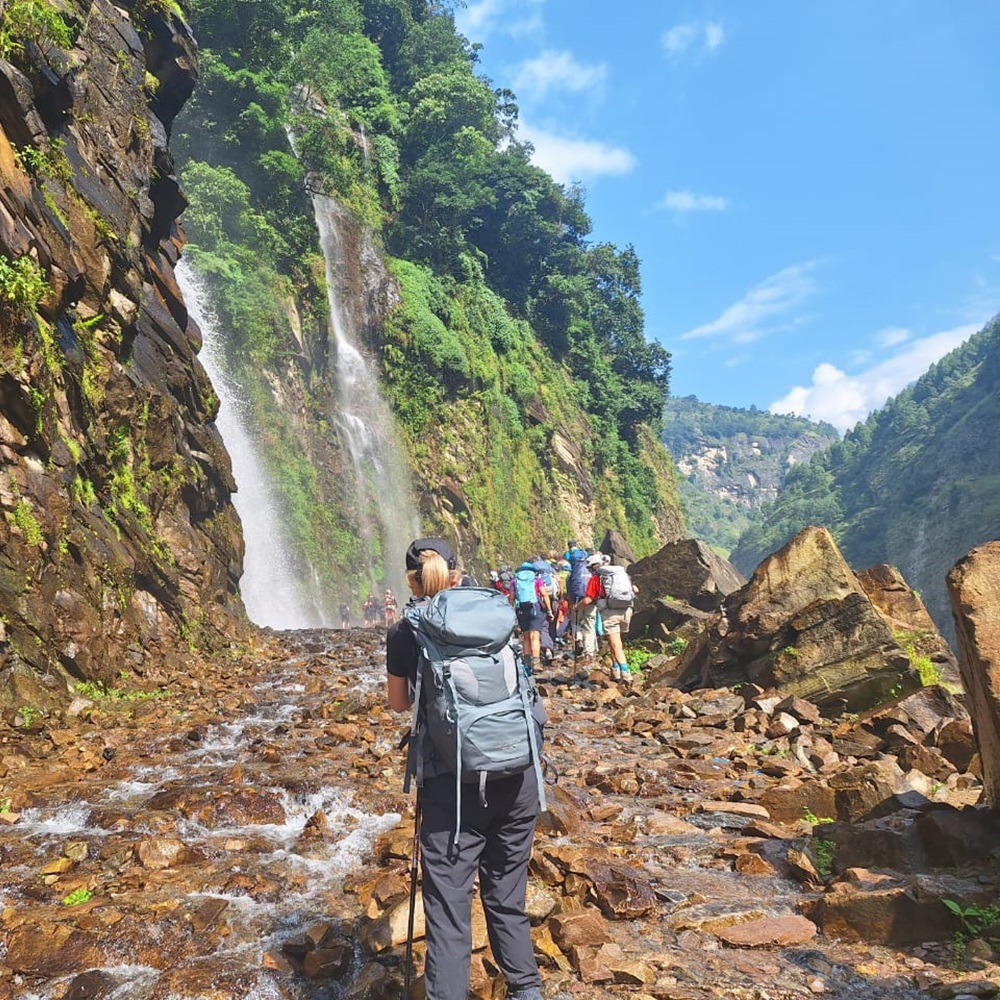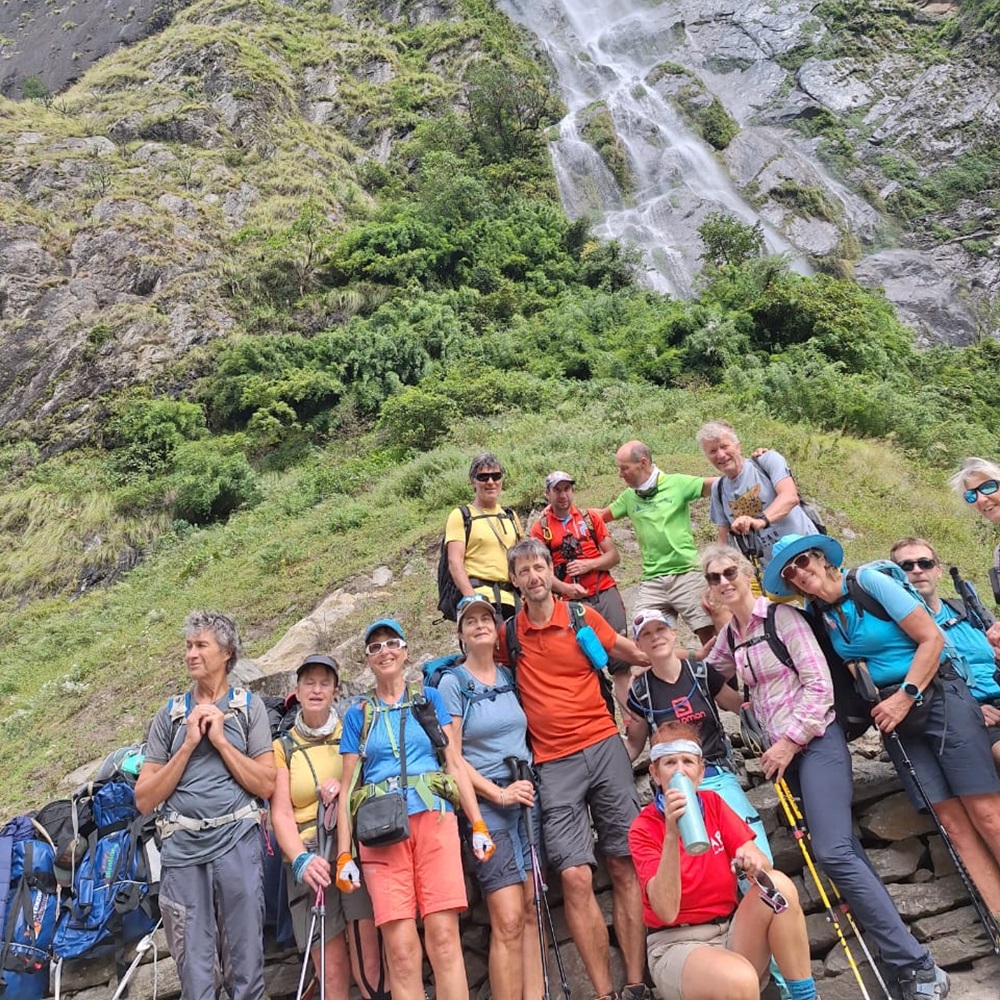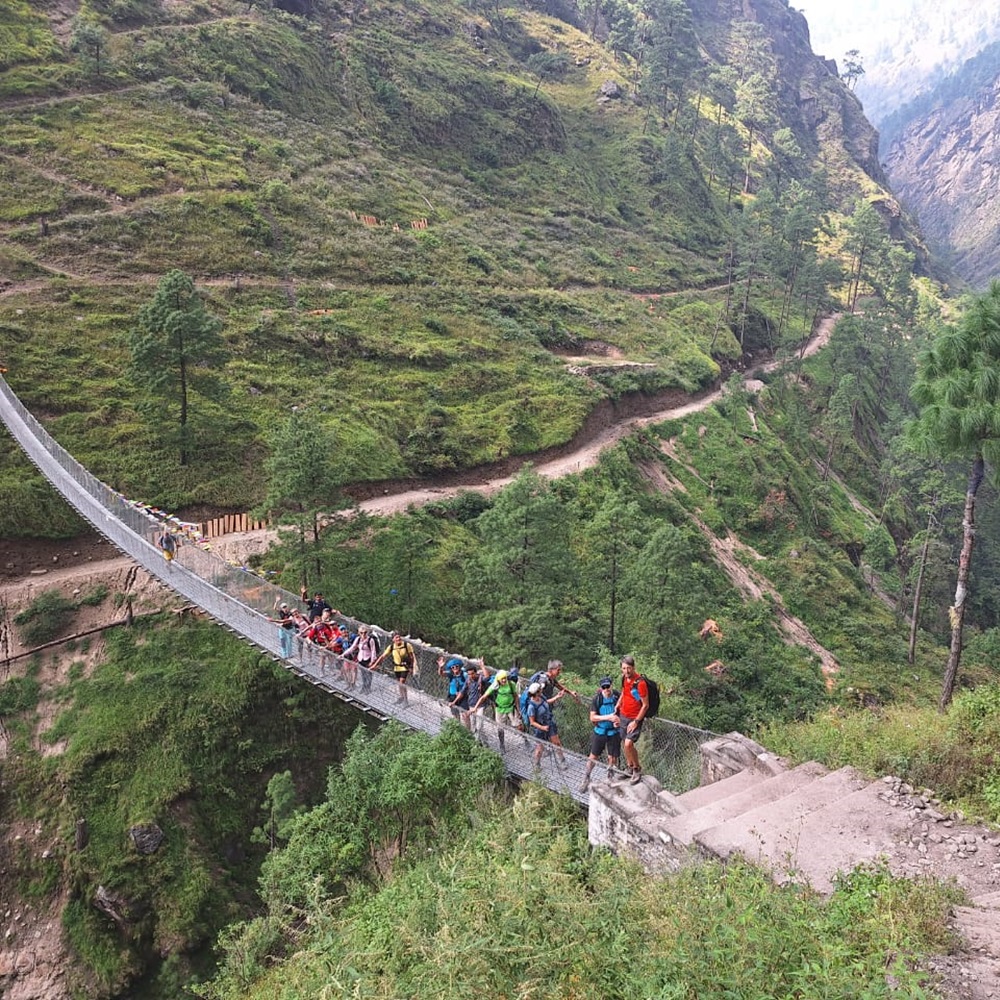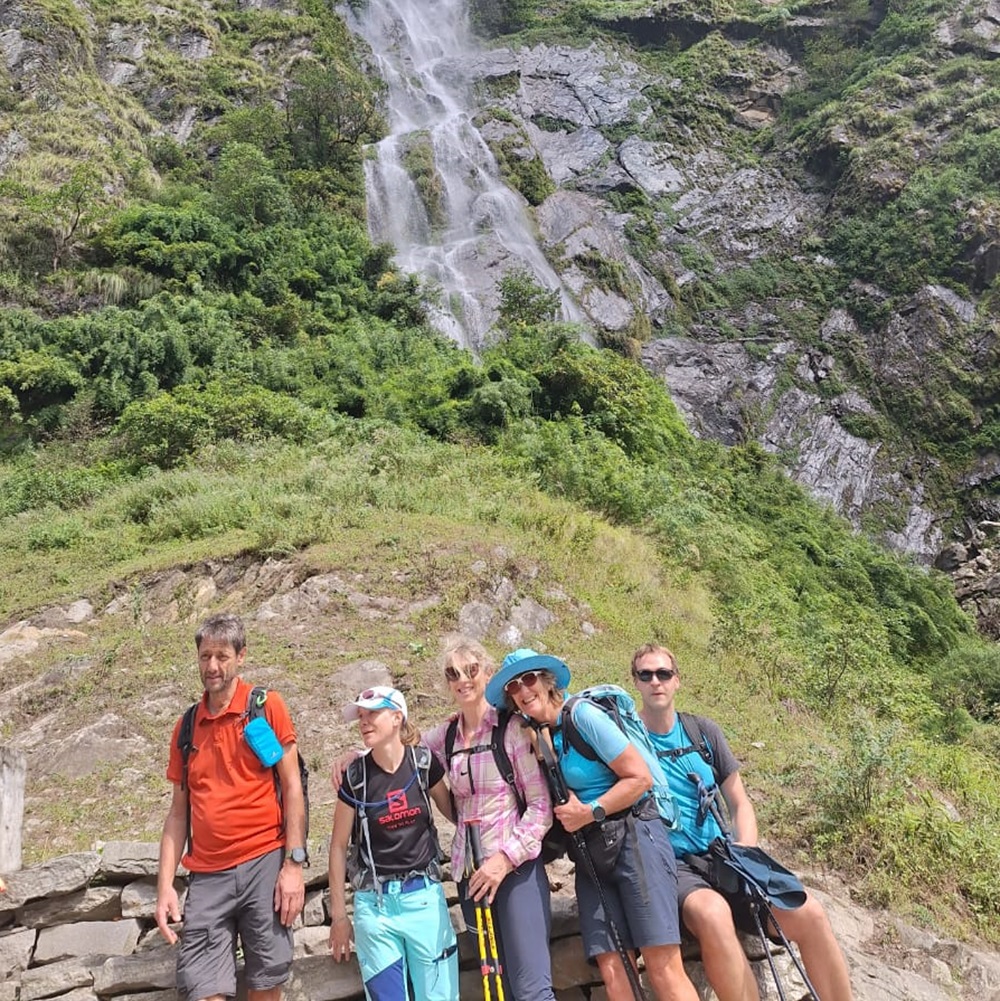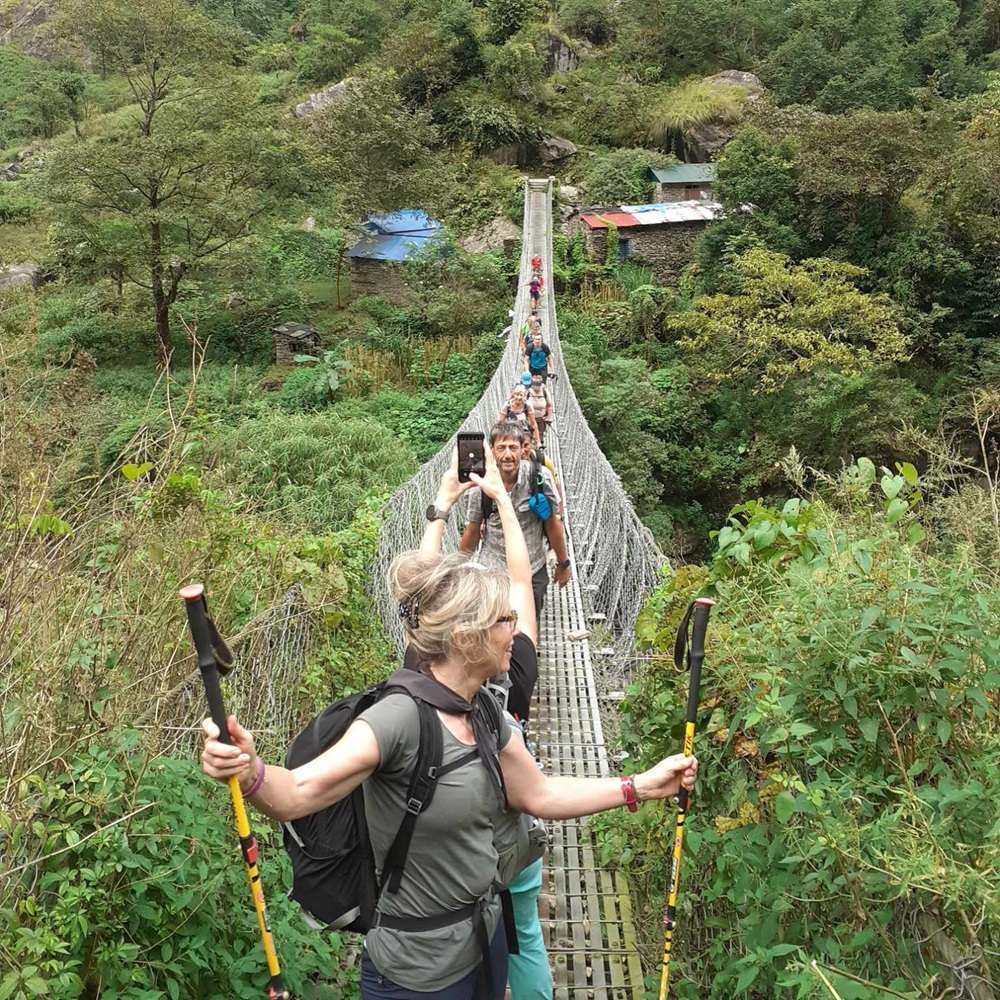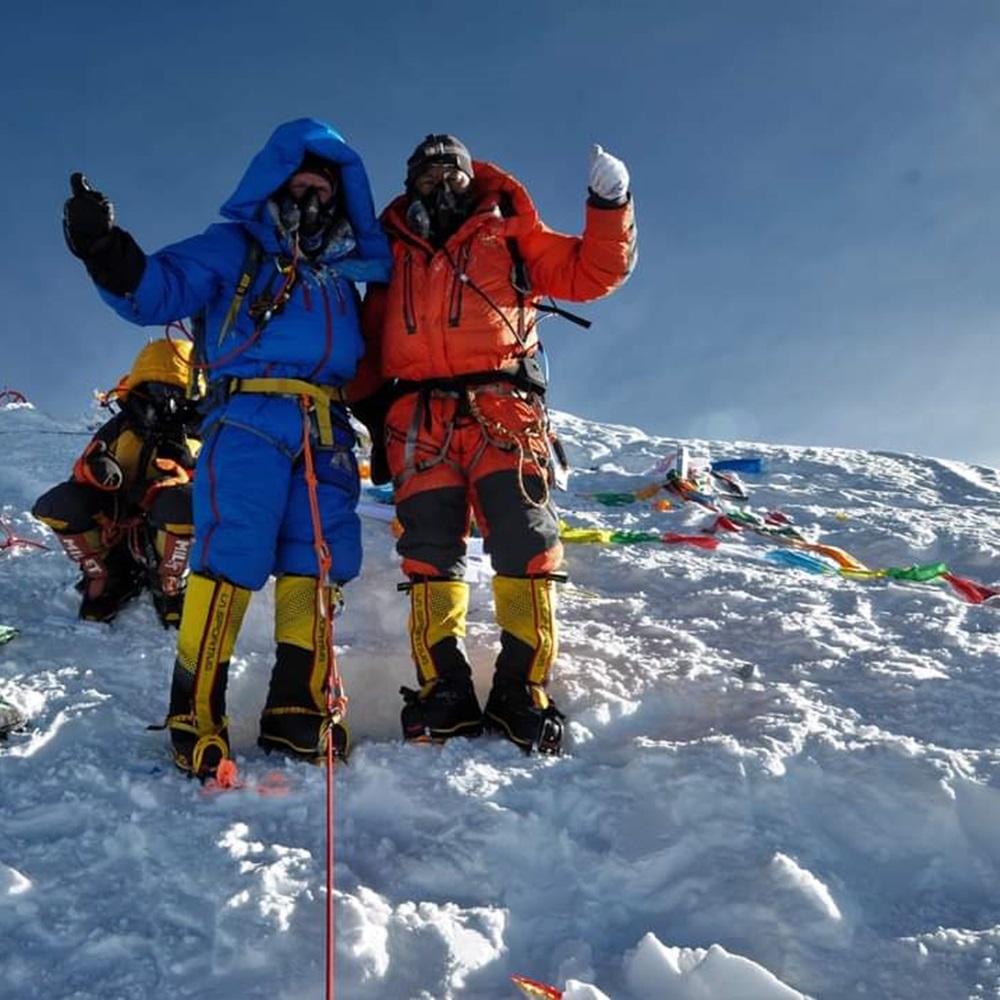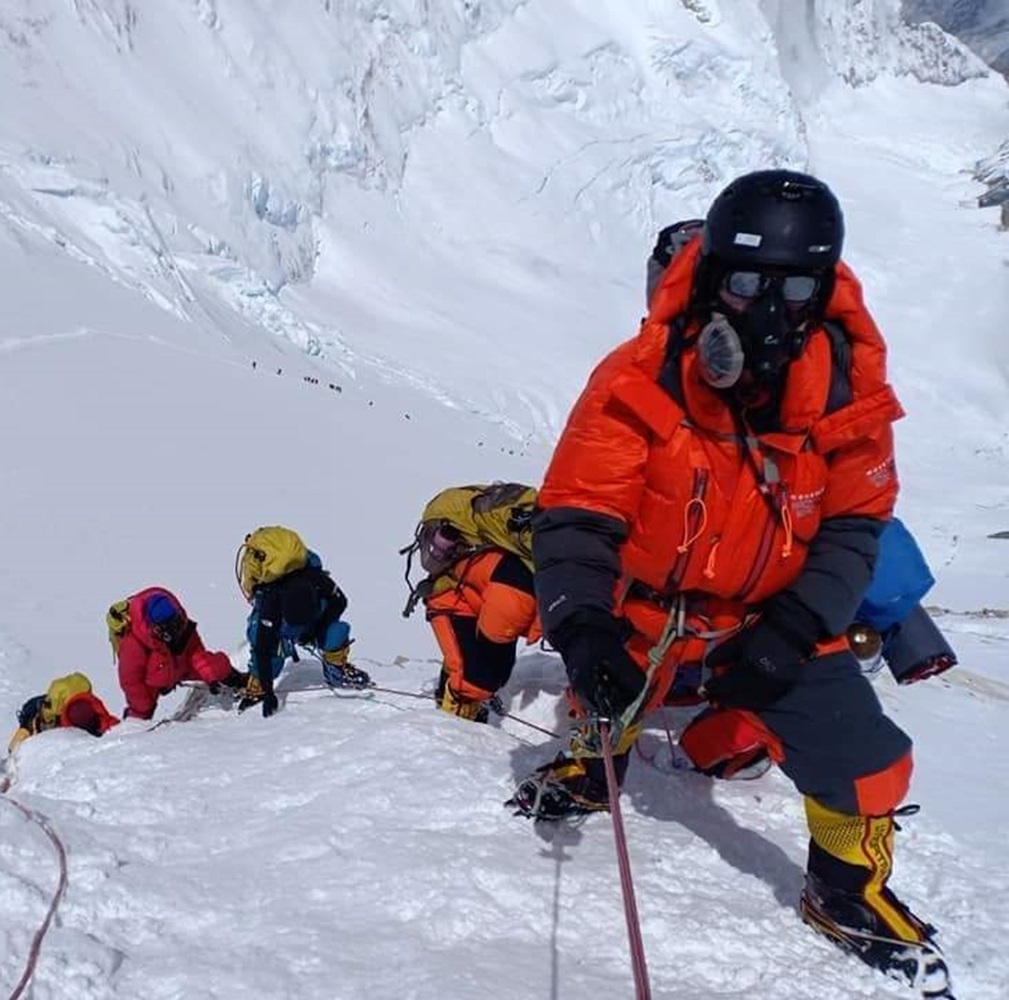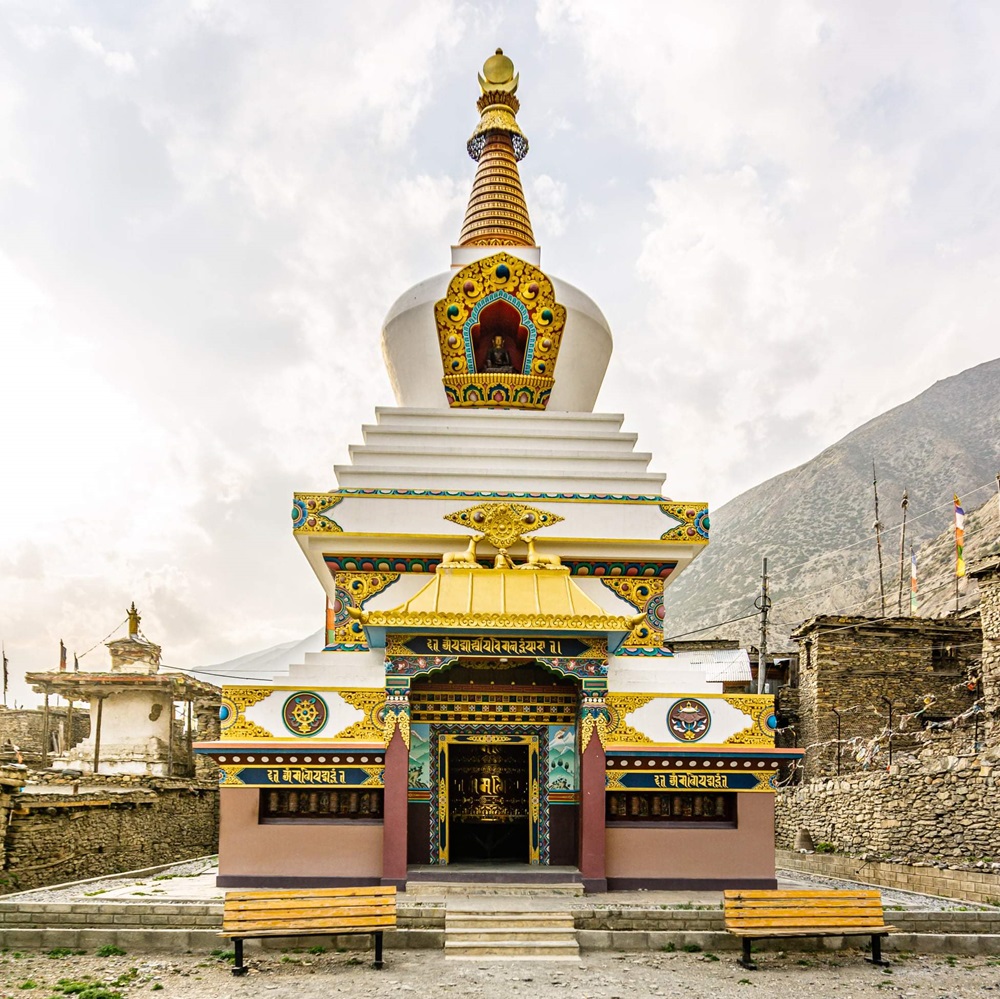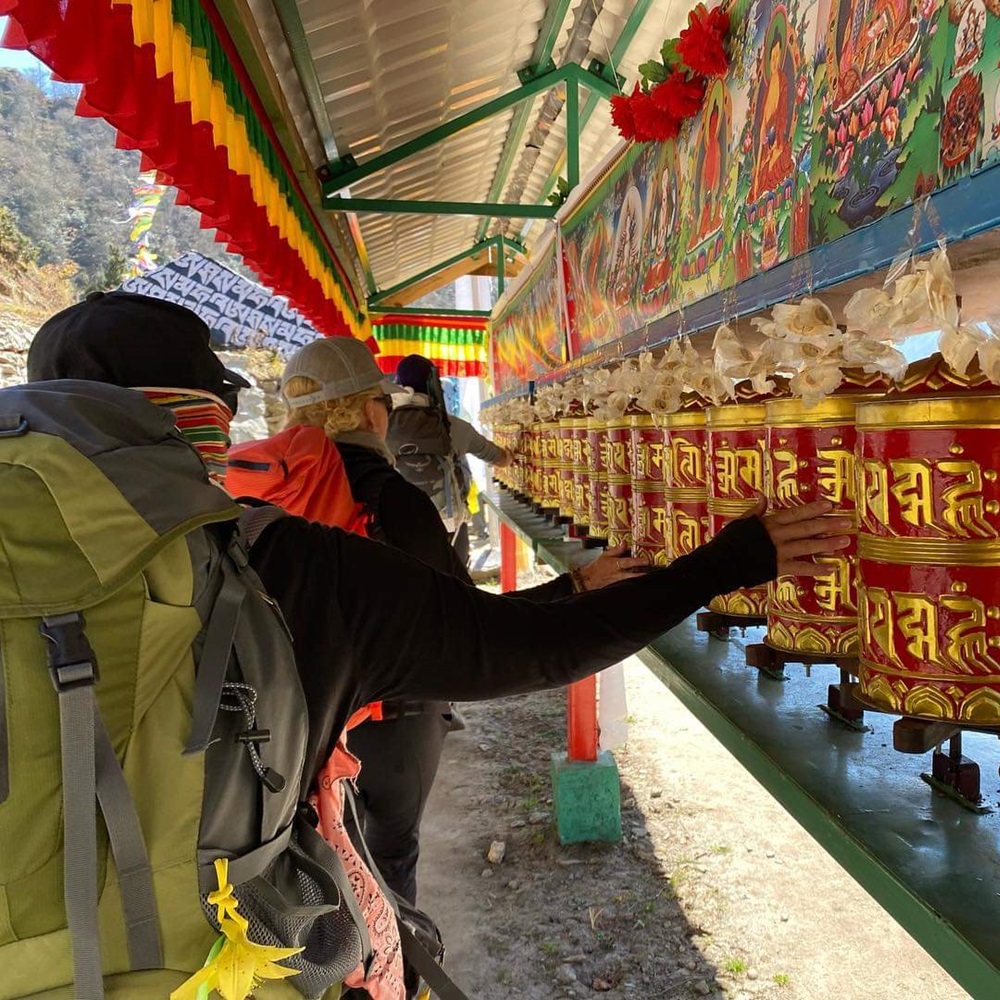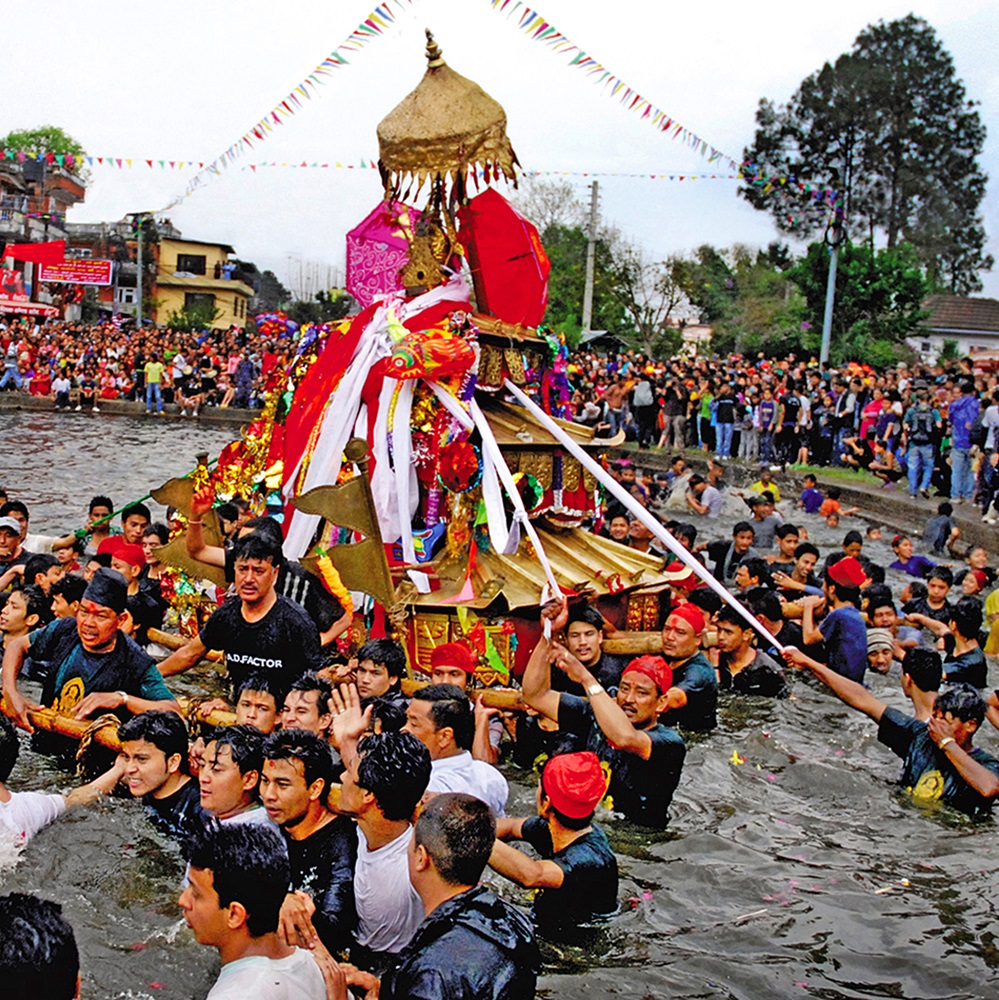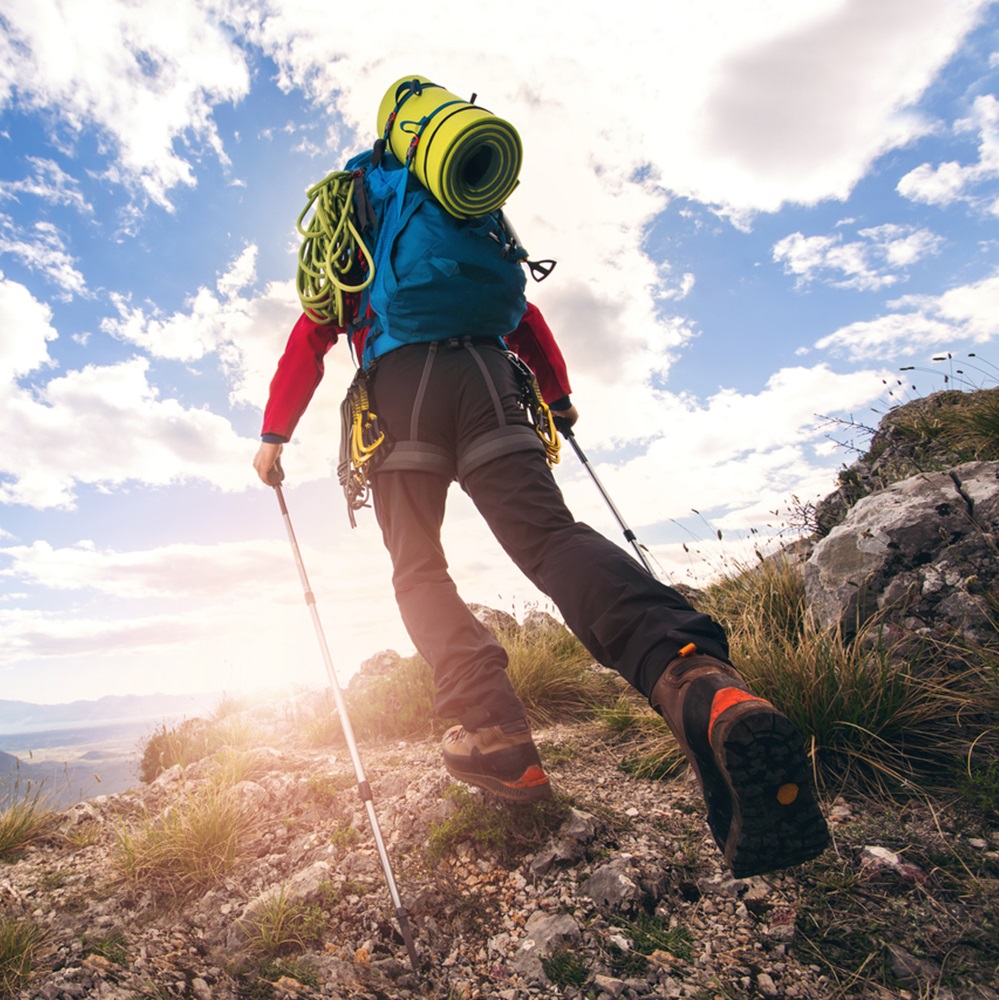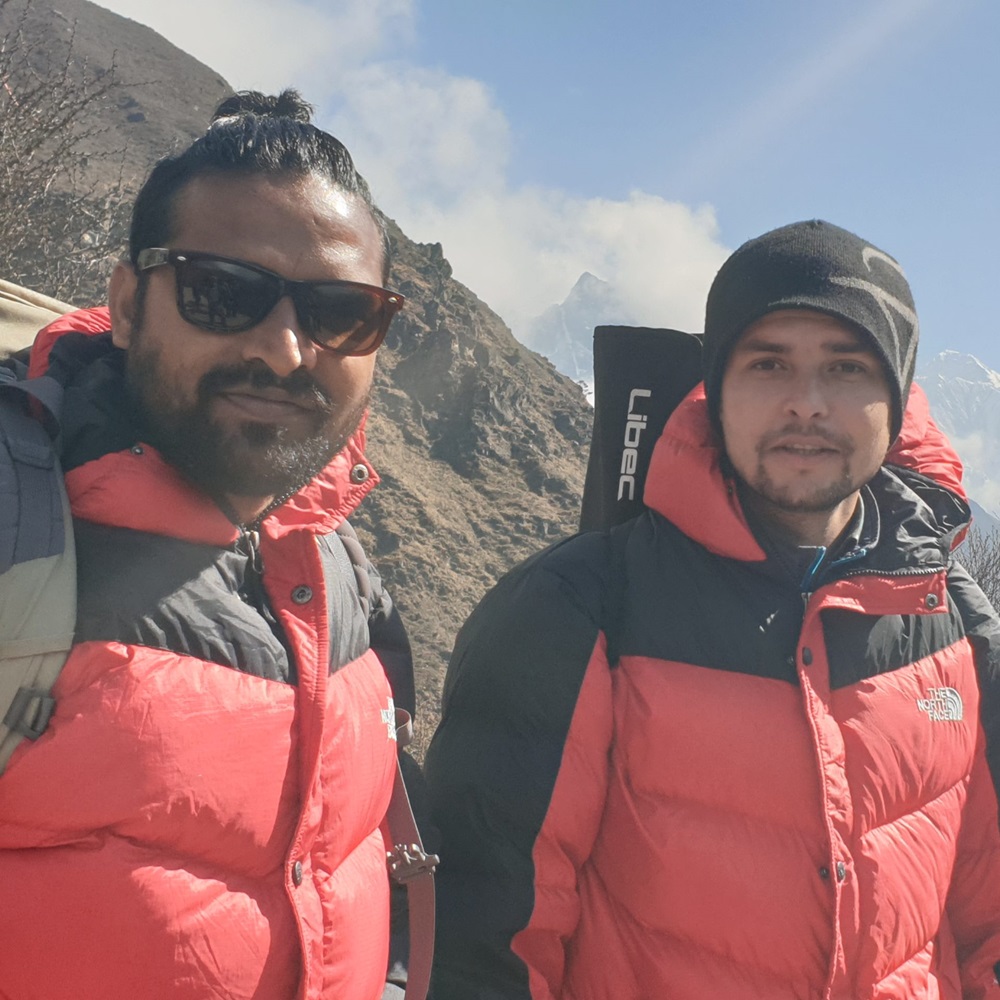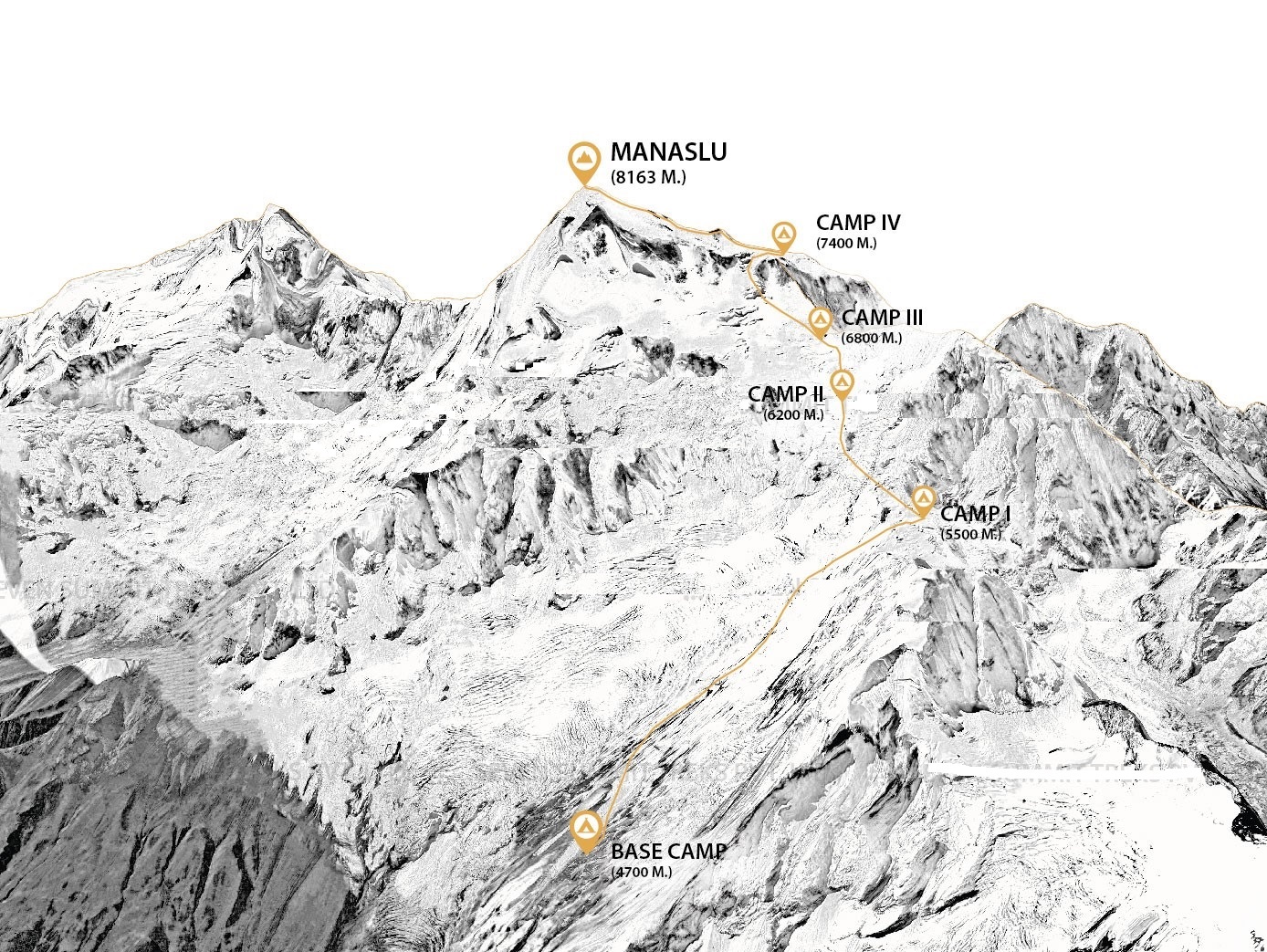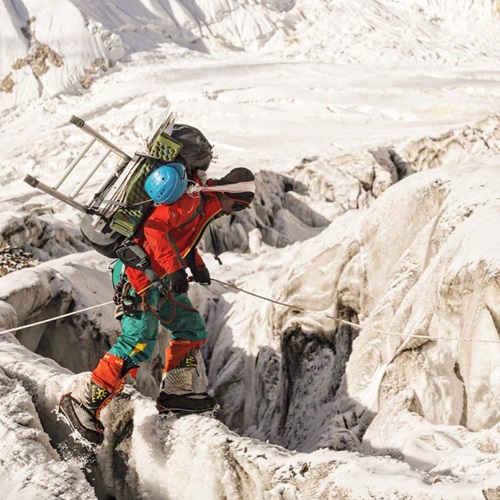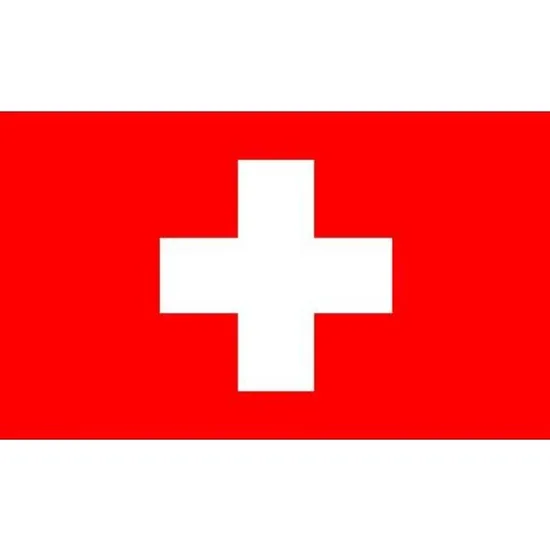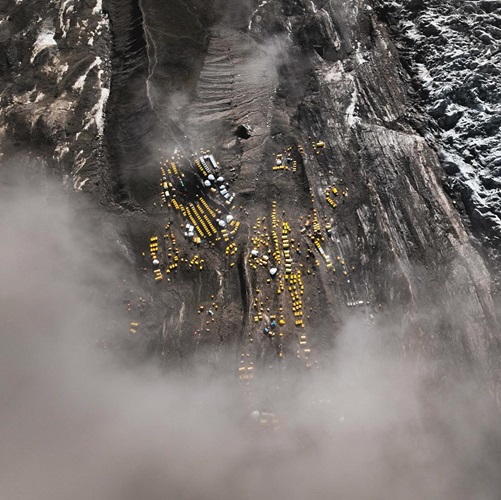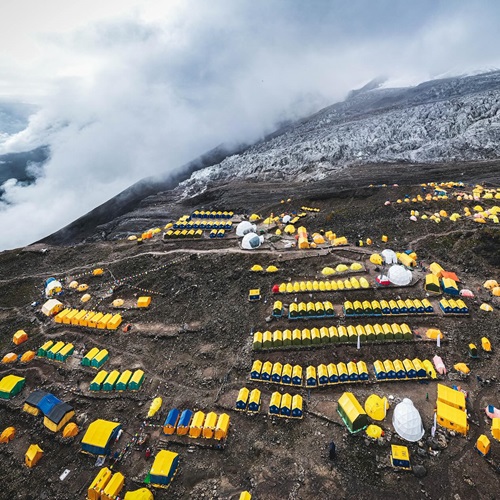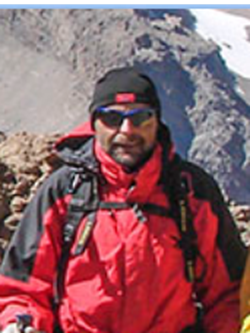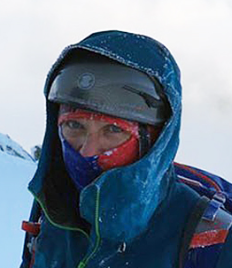Tribhuvan International Airport is the only international airport in Nepal. The Immigration Office at TIA (Tribhuvan International Airport) under the Department of Immigration has been facilitating tourists flying to Nepal by providing visas on arrival. Likewise, other entry and exit points established at the border regions also provide ‘On Arrival Visa’ to foreign nationals hoping to enter Nepal via land.
The ‘on arrival visa’ procedure is very quick and simple. You can expect some queues during peak tourist season. If you wish to skip those queues, you can also consider getting a visa from Nepalese Diplomatic Missions stationed abroad prior to your arrival. The choice is yours.
If you have obtained a visa from Nepalese Diplomatic Missions, then you must enter Nepal within six months from the visa-issue date. Your total stay is counted starting from the day you enter Nepal.
‘On Arrival Visas‘ are ‘Tourist Visas‘. They bear multiple re-entry facilities. Tourist Visa ‘On Arrival’ is the only entry visa to Nepal. If you are visiting Nepal for purposes other than tourism (sightseeing, tour, travel, mountaineering, trekking, visiting friends and families), you should still get a ‘Tourist Visa’ to get into the country. However, you must change the category of visa as per your purpose and length of stay in Nepal with the Department of Immigration by producing the required documents.
Nationals of designated countries are requested to acquire visas prior to their arrival from their nearby diplomatic missions (embassies or consulates) of the Nepal Government. Check the link to make sure you are eligible for the on-arrival visa.
Once you arrive at the airport, please follow these simple procedures for Tourist Visa on Arrival.
1st Step
(1) Fill in ‘ Arrival Card ‘
Fill in the Online ‘Tourist Visa ‘form (you can fill it up prior to your arrival by visiting the official website of the Department of Immigration or fill it up using Kiosk machines upon your arrival at the airport). If you fill it out on the website, you will get a submission receipt with a barcode. Please print it out and bring it along to acquire a visa. It works for fifteen days and becomes invalid after that. If so, you will have to fill it up again.
2nd Step
(1) Make payment at the bank according to your visa requirement ( 15/30/90 Days)
(2) Get the receipt
(3) While you can use different modes of payments (at visa fees collection counter), we advise you to carry some cash to be on the safe side.
On Arrival Visa Fee
(1) 15 Days – 30 USD
(2) 30 Days – 50 USD
(3) 90 Days – 125 USD
3rd Step
(1) Proceed to the Immigration Desk with your online form, payment receipts and your passport
(2) Hand in your documents to immigration officer for visa processing. He/she issues visa to you upon his/her satisfaction.
Gratis Visa (Visa for Free)
A Gratis Visa is issued free of charge to the following categories of visa applicants:
- Children below 10 years old, except US citizens
- Up to 30 days for SAARC citizens (except Afghanistan) visiting Nepal for the first time in a given visa year. Afghan citizens are eligible for the Gratis Visa on Arrival only upon the recommendation of the Department of Immigration. If you are an Afghan citizen, you can request the concerned institution inviting you to Nepal for the necessary paperwork with the Department of Immigration to get your Gratis Visa ‘On Arrival’.
- Non-resident Nepalese (NRN) card holder (issued by MoFA /Nepalese diplomatic missions abroad)
Officials Visa
(1) Officials from China, Brazil, Russia, and Thailand do not need an entry visa based on the reciprocal visa waiver agreement.
(2) Visas of all kinds, including ‘Gratis’ issued at the airport, are tourist visas. Contact the Department of Immigration about extending your visa or changing the category of your visa. Tourist visa extensions can be done at the Immigration Office in Pokhara too. Non-tourist visa extensions can be done only at the Department of Immigration (if eligible) for a maximum of one year (except business visas).
Nepal Visa for Indian Nationals
Indian nationals do not require a visa to enter Nepal. As per Nepalese Immigration, Indian nationals traveling to Nepal by air must possess any one of the following documents:
(1) Passport
(2) Election Commission Card
Nepal Visa for Chinese Nationals
As per the official circular of the Embassy of Nepal in Beijing, China, Chinese nationals applying for a tourist visa to Nepal are being provided a “gratis tourist visa” from January 5, 2016, following Nepali missions in the People’s Republic of China:
(1) Embassy of Nepal, Beijing
(2) Consulate General of Nepal, Lhasa
(3) Consulate General of Nepal, Hong Kong
(4) Honorary Consulate of Nepal, Shanghai
Other Visa Information
Nationals from Nigeria, Ghana, Zimbabwe, Swaziland, Cameroon, Somalia, Liberia, Ethiopia, Iraq, Palestine and Afghanistan will need to obtain visa from Nepal Embassies or Diplomatic Missions in their respective countries, as they do not get visa on arrival at the immigration entry points of Nepal.
Visa Extension for Nepal
Tourists can stay for a maximum of 150 days in a visa year (Jan 1 to Dec 31).
Learn more about applying for Nepal visa online by clicking here Online Visa Application for Nepal.

